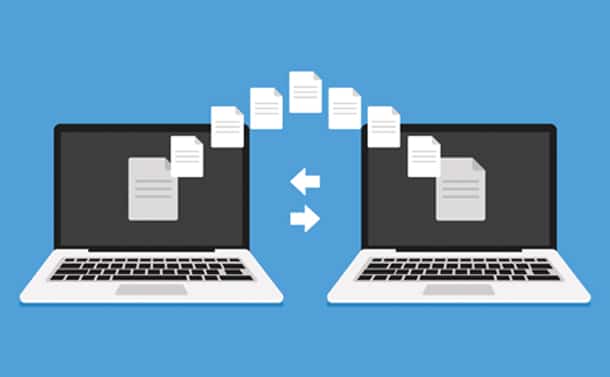Transferring data is generally frustrating, but it is extremely difficult when dealing with enormous files. The question now is, what are some ways to get around these barriers? To help you share your files with your loved ones and close friends, we have compiled a list of several fantastic solutions that you can use.
Slack
Slack is more of an online conversation tool than a file storage system. Slack may function for you, though, if you only want to share a small number of papers instead of a large collection.
This platform is perfect for project managers and team members that need to keep paperwork in one place. This is especially true if you’re project managing or working on a team and require all your papers in one place.

This makes it easy to control which coworkers can access documents in Slack.
This offers greater user flexibility and respects hierarchies without complex permissions than typical file-sharing platforms.
Slack features a free tier with 5GB of storage for each team member, so you may test it out for free with little team setup (s). Video and phone conferencing are included.
Google Drive
Google Drive is one of the easiest and most accessible file-transferring platforms since it is usually linked to your email address. So as long as you have an email address on Gmail, you have a Google Drive.
Sharing files through email or link takes seconds, but there’s no time limit or password. You may limit file users’ alterations; it’s excellent for Google Sheets, Docs, and Slides.
WeTransfer
To use this platform, you do not need to sign up or register for membership to use. Everything from uploading to transferring is handled via a one-page website. This shortens the time needed to make a quick transfer.

Using WeTransfer is simple. You only need to input your file(s) and provide the recipient’s email account; you’re ready to go. The URL to the contents can be copied or emailed, valid for a week. WeTransfer apps can be downloaded for iOS and Android.
DropBox
Without Dropbox, the pioneer of file transfers, our list would be without.
Since it was founded in 2007, Dropbox has been slick, user-friendly, dependable, and compatible with almost every platform.
With a few taps from any operating system and the web, files may be shared through a URL, and time limitations and security protocols can also be set. The receivers can access the files with or without an active account on the other side.
The fact that you only receive 2GB of free storage space is Dropbox’s lone drawback.
Bottom Line
You can transfer files of any size using various applications and websites; nevertheless, the following four are at the top of the list of the greatest options available to you. If you find yourself in a bind and need to send a file to a fellow student or a coworker, you can choose any of these four options, and you will be certain to deliver the file quickly.